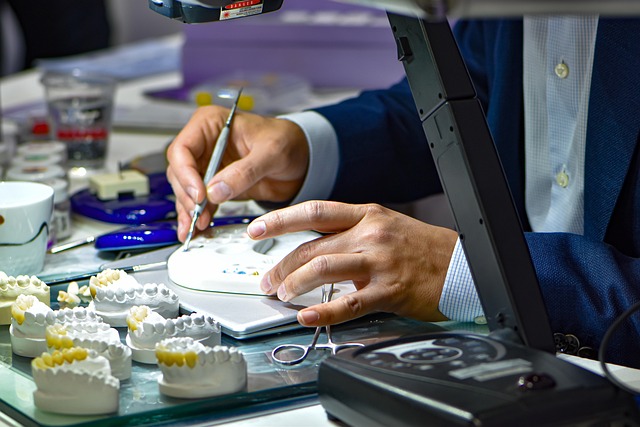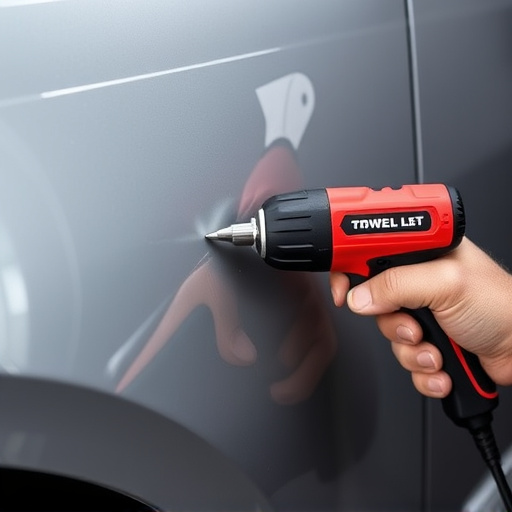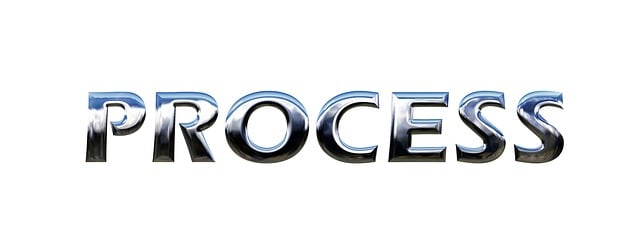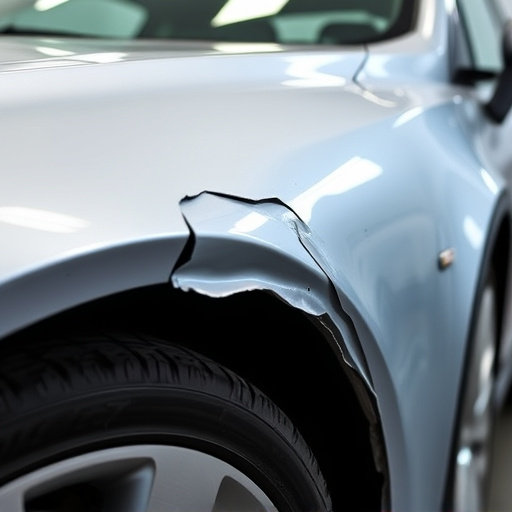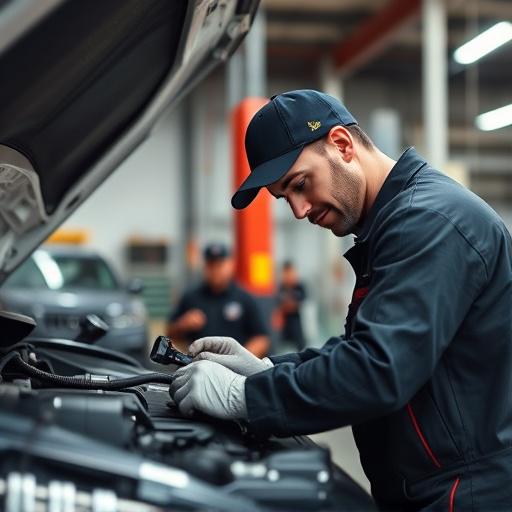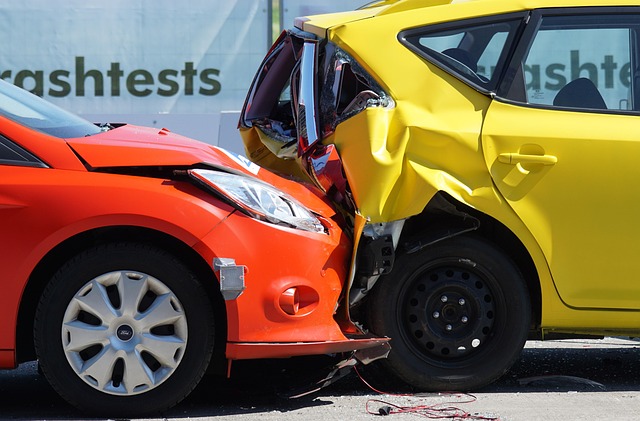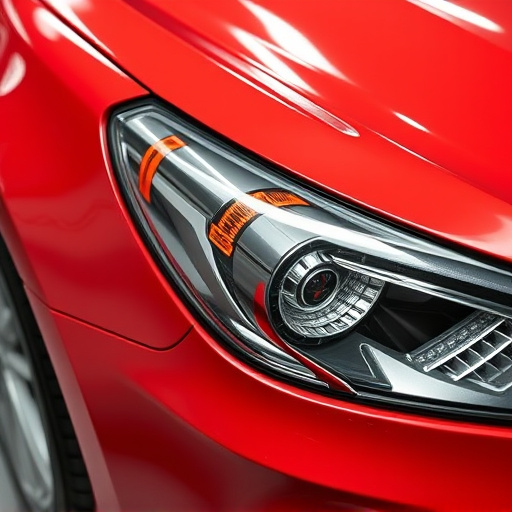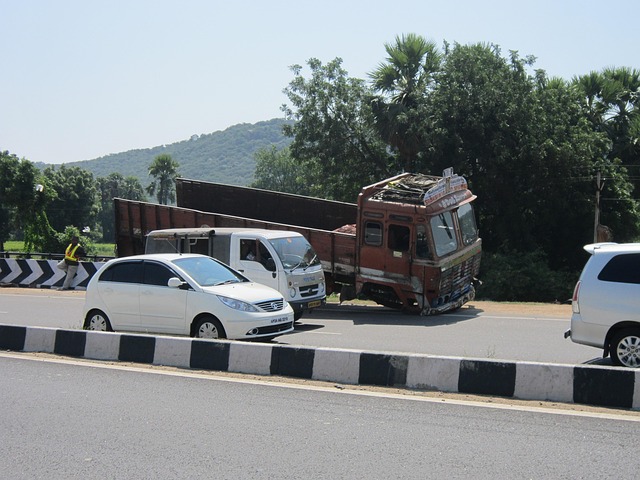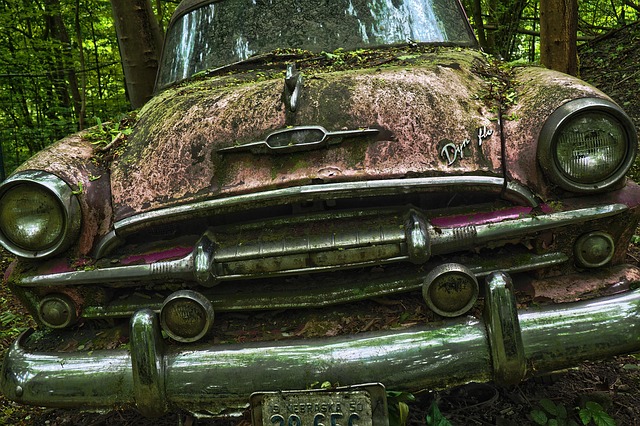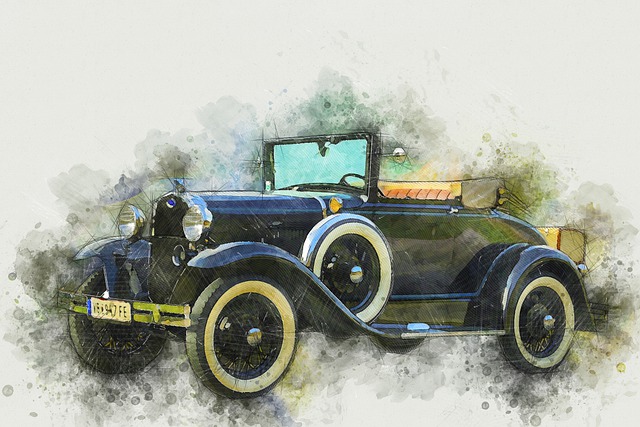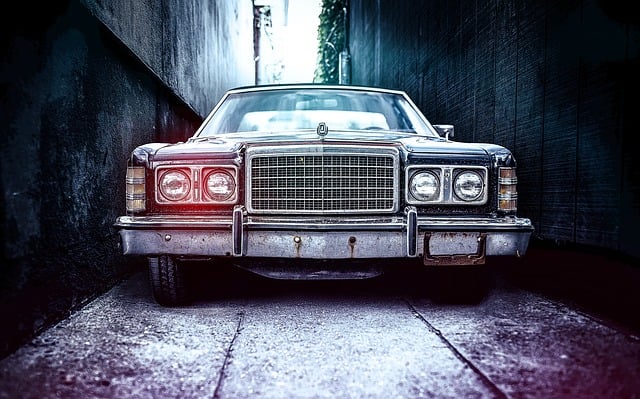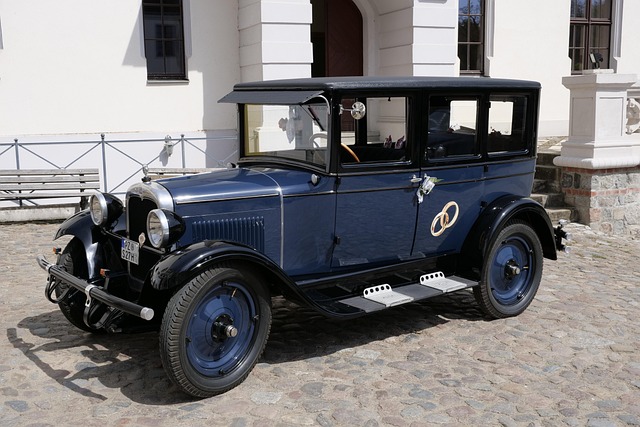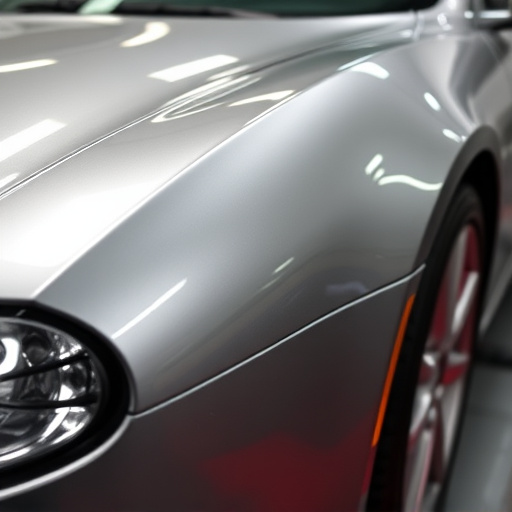Windshield calibration is a meticulous process ensuring your vehicle's front glass provides accurate visual guidance while driving, akin to an artist fine-tuning their work. Proper calibration corrects manufacturing variations, impact damage, and repairs, enhancing safety and optical clarity. Post-calibration verification uses advanced technologies like laser measuring devices and digital imaging systems. Regular maintenance through frequent cleaning and inspections is crucial to preserving accuracy, with auto body shop professionals offering personalized schedules. Documenting these checks establishes a baseline for the windshield's health, enabling swift resolution of any deviations from initial calibration settings.
After calibrating your windshield, verifying the results is crucial for accurate measurements. This process ensures your vehicle’s sensors provide reliable data for enhanced safety and performance. This article guides you through understanding windshield calibration and executing effective post-calibration verification techniques. We’ll also cover regular maintenance tips to ensure optimal sensor performance and future reference points for continuous accuracy. Learn how to validate your calibration and keep your driving experience safe and precise.
- Understanding Windshield Calibration: The Initial Setup
- Executing Effective Post-Calibration Verification Techniques
- Regular Maintenance and Future Reference Points
Understanding Windshield Calibration: The Initial Setup

Windshield calibration is a meticulous process that ensures your vehicle’s front glass provides accurate and safe visual guidance while driving. It’s akin to fine-tuning a car’s most prominent feature—the windshield—to perfect its optical clarity and alignment, much like how an artist calibrates their brushstrokes for a masterpiece. This initial setup involves precise adjustments to the glass’ curvature, ensuring it conforms to the vehicle’s structure and offers unobstructed visibility.
Proper calibration is crucial not just for optimal driving experience but also for safety. It corrects issues like distortion, wobble, or misalignment that can arise due to manufacturing variations, impact damage (like a car dent repair), or during routine vehicle paint repairs and subsequent body restoration processes. By verifying the results after calibration, you ensure your windshield functions at its best, contributing to safer driving conditions.
Executing Effective Post-Calibration Verification Techniques
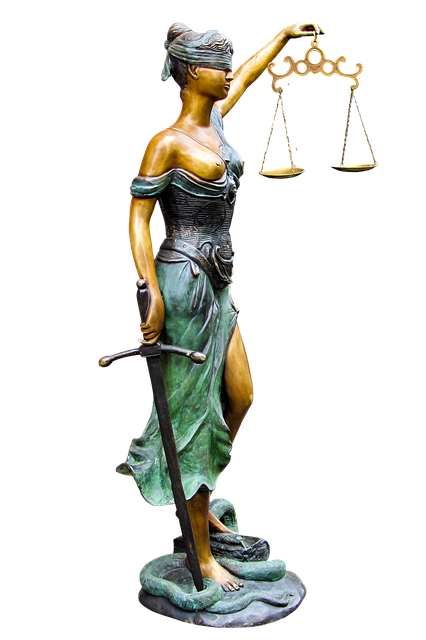
After a successful windshield calibration, it’s paramount to execute effective post-calibration verification techniques to ensure precise and reliable results. This process involves a meticulous series of checks using specialized tools designed to detect even the slightest deviations from the ideal specifications. By employing advanced technologies like laser measuring devices and digital imaging systems, auto body restoration experts can accurately measure the curvature, alignment, and optical clarity of the windshield, confirming it meets the highest standards set by the automotive industry.
In an automotive body shop, these verification techniques are crucial for preserving the integrity of the vehicle’s structure and enhancing safety. They not only guarantee that the windshield is perfectly integrated into the car’s frame but also ensure optimal visibility for drivers, which is essential for their safety while on the road. Furthermore, meticulous post-calibration checks are a critical step in quality control processes for auto painting professionals, as they help maintain the aesthetics and longevity of vehicles undergoing cosmetic enhancements or repairs.
Regular Maintenance and Future Reference Points
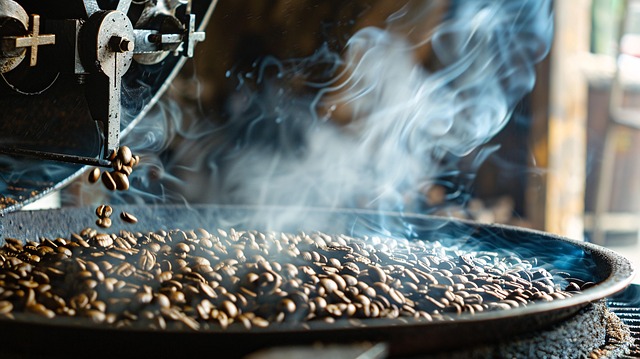
Regular maintenance is an integral part of ensuring your windshield’s accuracy after calibration. Just like any other component in a car, the windshield requires consistent care to maintain its optimal performance. This includes regular cleaning and inspecting for any signs of damage or wear and tear. A car body shop professional can offer valuable guidance on creating a maintenance schedule tailored to your vehicle’s needs, which will not only keep your windshield in top shape but also serve as future reference points when comparing post-calibration results.
By documenting and tracking these regular checks, you establish a baseline for the windshield’s condition. This becomes crucial when re-calibrating or addressing any future issues. It allows auto glass repair specialists to pinpoint changes, ensuring that any deviations from the initial calibration are accurately identified and addressed promptly. Thus, regular maintenance not only keeps your car in top condition but also plays a pivotal role in maintaining precise windshield calibration over time.
Verifying results after windshield calibration is crucial for ensuring accurate and reliable measurements. By employing effective post-calibration verification techniques, you can maintain the integrity of your system over time. Regular maintenance and establishing future reference points are essential practices to guarantee optimal performance in the dynamic world of windshield calibration. Remember, a well-calibrated windshield is a cornerstone of precise driving assistance systems, enhancing safety and efficiency on the road.
